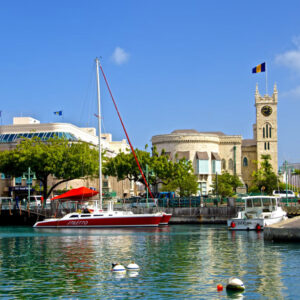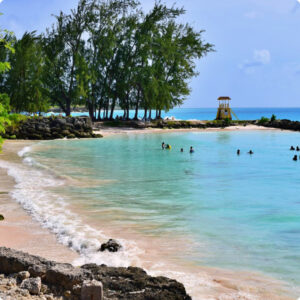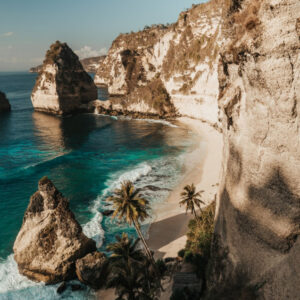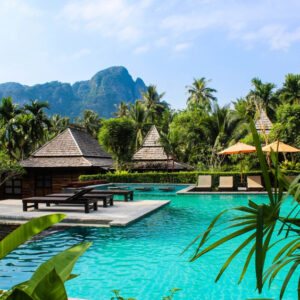India is a land of diverse cultures and stunning landscapes. Knowing the best time to visit can make your trip unforgettable.
India offers a unique experience every season. From the vibrant spring festivals to the serene winter landscapes, each time of year has its charm. Yet, your travel goals and preferences can shape the ideal time to visit. Whether you seek lively celebrations, pleasant weather, or natural beauty, understanding India’s seasonal highlights is key.
This guide will help you decide the best time to explore the rich heritage, bustling cities, and tranquil retreats that India has to offer. Let’s dive into what each season holds for you, ensuring a memorable journey through this incredible country.
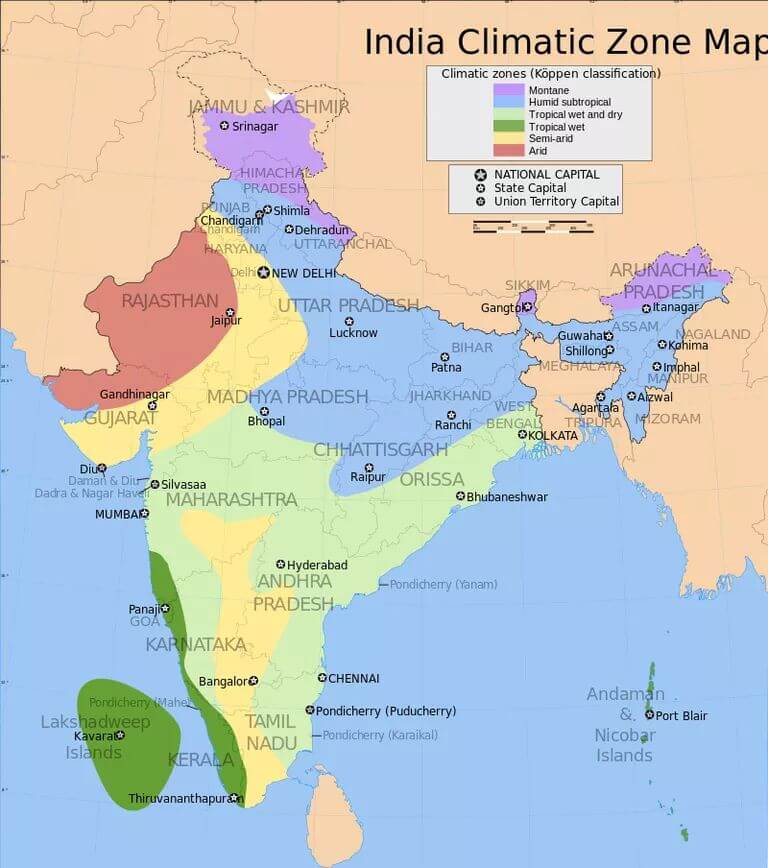
Credit: www.travelogyindia.com
Contents
Introduction To India’s Climate
India’s diverse climate varies from region to region. October to March is the best time to visit, offering pleasant weather. Enjoy exploring India’s rich culture and landscapes during these months.
Overview Of Seasons
India has three main seasons: summer, monsoon, and winter. Summer is from March to June. It gets very hot during this time. Monsoon season is from July to September. There is a lot of rain in many parts. Winter is from October to February. The weather is cool and pleasant.
Regional Variations
Different regions in India have different climates. In the north, winters can be very cold. In the south, winters are mild. The west has a dry climate. The east gets more rain during monsoon. Coastal areas stay warm and humid. Mountains are cooler all year round.
Winter Season
Winter months in India are November to February. The weather is cool and pleasant. Temperatures range from 10°C to 25°C. Northern regions can be chilly. Southern areas are mild and comfortable. This season is great for outdoor activities.
Delhi is vibrant and historical. Agra showcases the Taj Mahal. Rajasthan offers forts and palaces. Kerala is serene with backwaters. Goa has beautiful beaches. Jaipur is colorful and lively. Shimla and Manali are perfect for snow lovers. Varanasi is spiritual and ancient.
Spring Season
Spring in India is lovely. The weather is warm and pleasant. Temperatures range from 20°C to 30°C. Days are sunny and bright. Nights are cool and comfortable. It’s perfect for outdoor activities. You can enjoy sightseeing without feeling too hot. Many flowers bloom during this time. The air feels fresh and nice.
Spring brings many festivals. One famous festival is Holi. People throw colors and water at each other. It’s fun and joyful. Another event is Ugadi. It’s the New Year for some Indian states. Music and dance fill the streets. Families gather and celebrate. These festivals show India’s rich culture. Tourists can enjoy and learn.
Summer Season
India’s summer is very hot. Temperatures often reach 40°C or more. Coastal areas are humid. Northern regions are dry and dusty. Some places face heatwaves. Always wear light clothes. Drink plenty of water.
Hill stations are cool in summer. Manali and Shimla are popular spots. They offer fresh air and green views. Nainital has a beautiful lake. Darjeeling is famous for tea gardens. Mussoorie has lovely waterfalls. A great escape from the heat.
Monsoon Season
The monsoon season in India starts in June and ends in September. During these months, the weather is usually wet and humid. Rainfall is heavy and frequent. Temperatures stay between 25°C to 35°C. Humidity levels are high, making it feel warmer than it actually is. Monsoon season can be a good time to visit if you enjoy rain and cooler temperatures.
| Place | Reason to Visit |
|---|---|
| Kerala | Beautiful backwaters and lush green landscapes |
| Goa | Less crowded beaches and vibrant festivals |
| Uttarakhand | Stunning hill stations and serene surroundings |
| Meghalaya | Majestic waterfalls and unique culture |
Autumn Season
Autumn in India offers cool and pleasant weather. The temperature ranges from 15°C to 25°C. This makes travel comfortable. Skies are clear. Days are sunny.
Autumn is rich in festivals. Diwali, the festival of lights, is celebrated. Navratri and Durga Puja are also important. These festivals showcase vibrant traditions. You can enjoy dance, music, and delicious food. Local markets are full of colorful items.
Special Events And Festivals
Diwali is a big festival. People light up their homes. It is the festival of lights. Holi is the festival of colors. People throw colored powder on each other. It is fun and joyful. Navratri is another important festival. It lasts nine nights. People dance and celebrate.
India has many unique cultural experiences. The Pushkar Camel Fair is one of them. It is a large cattle fair. Thousands of camels are traded. The Durga Puja in Kolkata is grand. People make large idols of Goddess Durga. The streets are full of lights and decorations. The Kumbh Mela is another big event. Millions of people gather. They take a holy dip in the river. It is a spiritual experience.
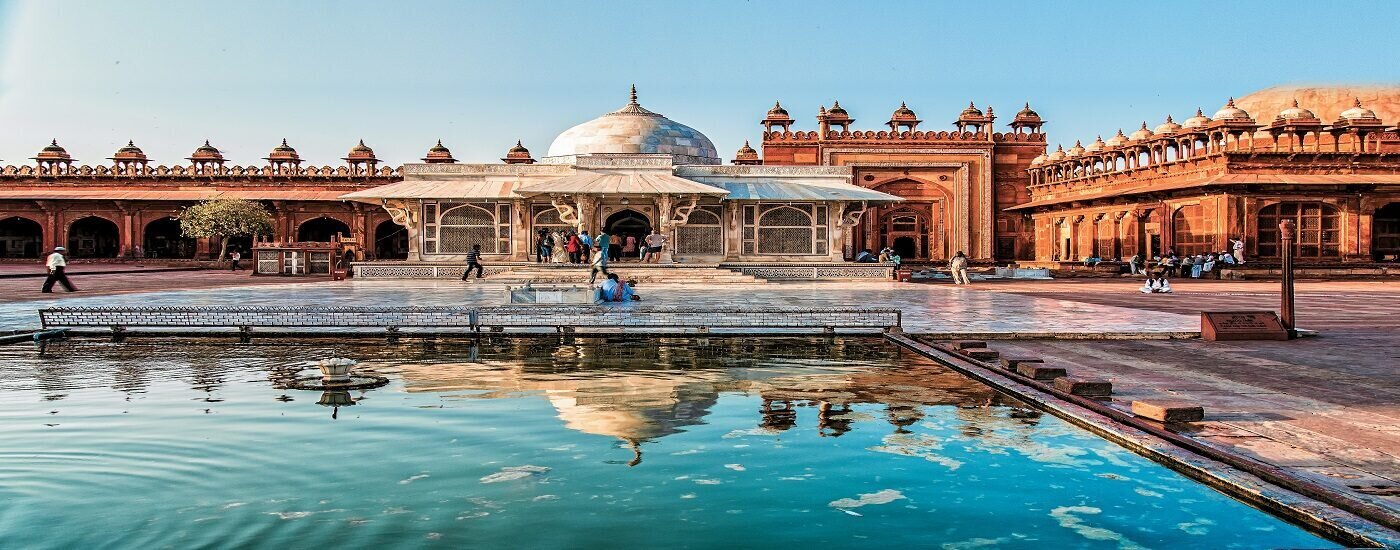
Credit: www.authenticindiatours.com
Travel Tips For Each Season
Pack light clothes for summer. Cotton is best. For winter, bring warm clothes. Sweaters and jackets are necessary. Monsoon needs raincoats and umbrellas. Comfortable shoes are a must. Sunscreen and hats protect from the sun. Carry insect repellent. Always have a first aid kit. Keep travel documents safe.
Drink bottled water only. Avoid street food. Stay in safe areas. Vaccinations are important. Keep hand sanitizer handy. Follow local customs. Wear masks in crowded places. Use trusted transport. Keep emergency numbers with you. Be aware of your surroundings.

Credit: www.whereandwhen.net
Frequently Asked Questions
What Is The Best Month To Go To India?
The best month to visit India is October. The weather is pleasant and ideal for travel.
Which Months Have The Best Weather In India?
The best weather in India is from October to March. These months offer pleasant temperatures and ideal travel conditions.
Which Month Is Best For Tourism In India?
October to March is the best time for tourism in India. The weather is pleasant and ideal for sightseeing.
What Is The Best First Time Trip To India?
The best first-time trip to India includes visiting the Golden Triangle: Delhi, Agra, and Jaipur. Explore iconic landmarks, rich culture, and vibrant markets.
Conclusion
Visiting India can be a memorable experience any time of year. Each season offers unique attractions and activities. Plan according to your interests and preferences. Winter is great for cool, pleasant weather. Summer is best for hill stations. Monsoon brings lush landscapes and fewer crowds.
No matter when you visit, India always has something special to offer. Happy travels!








